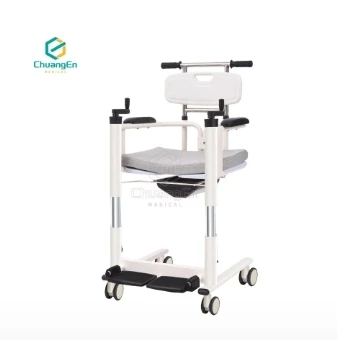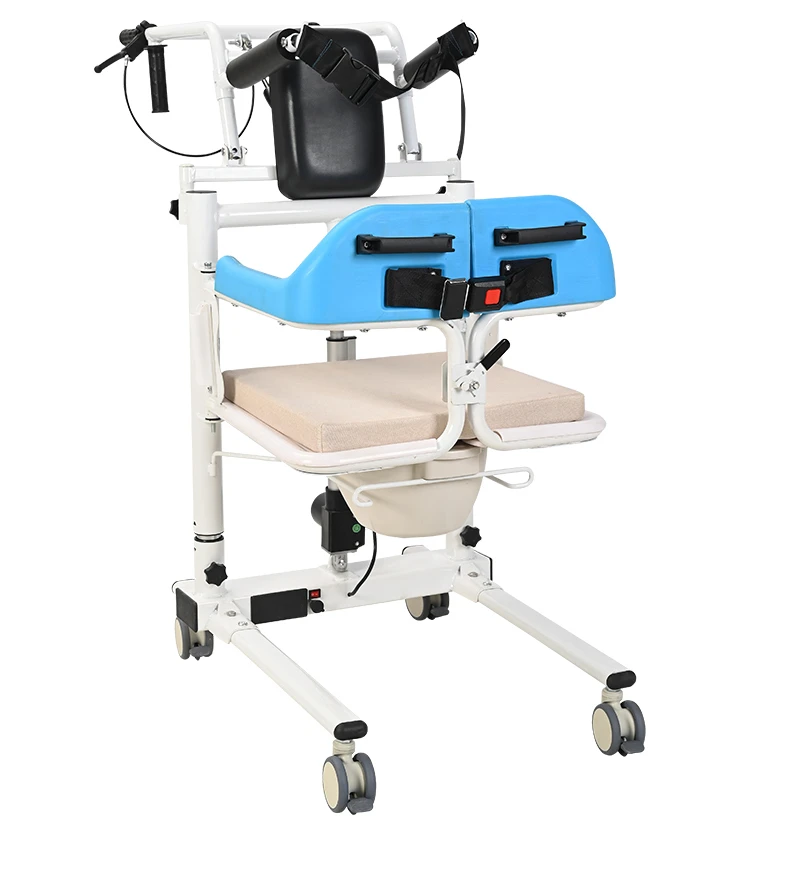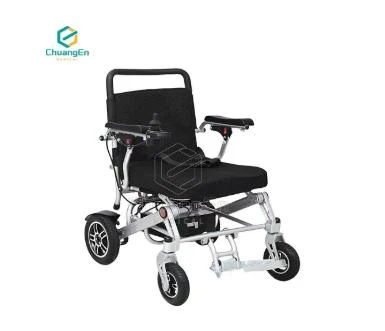- Introduction: Understanding the Importance of Walking Stick for Elders
- The Technical Evolution and Advantages of Modern Elderly Walking Sticks
- Comparative Analysis: Wooden Walking Stick for Elders vs. Advanced Materials Walkers
- Market Comparison: Leading Manufacturers Overview
- Personalized and Customized Walking Aids Solutions
- Real-World Success Cases: Enhancing Mobility for Seniors
- Conclusion: Choosing the Right Walking Stick for Elders and Looking Ahead
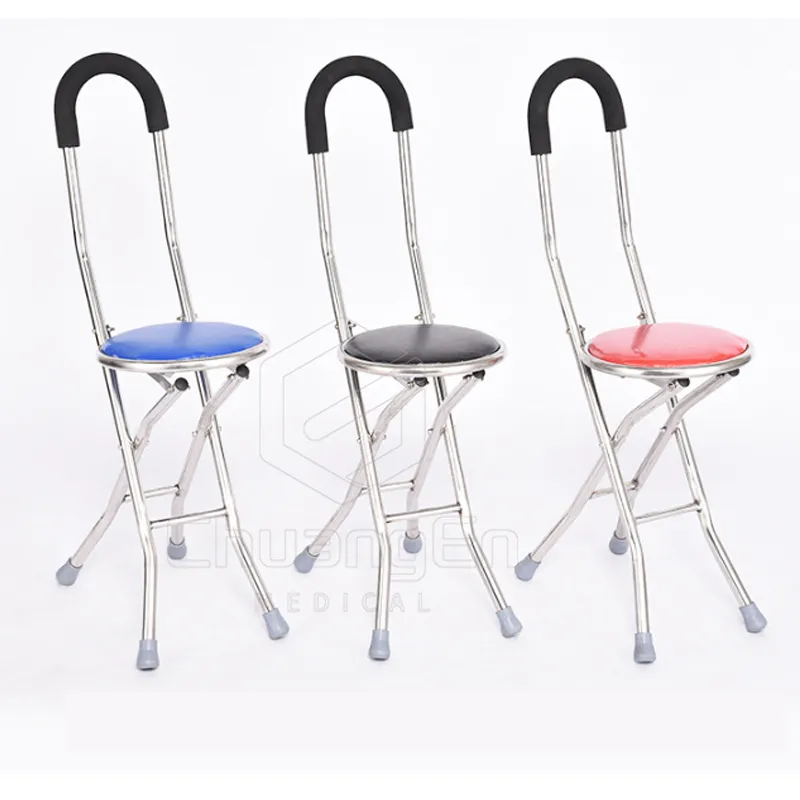
(walking stick for elders)
Introduction: Understanding the Importance of Walking Stick for Elders
The demographic shift towards an aging population has directly impacted the demand for mobility aids, with walking stick for elders
becoming foundational to independence for millions. According to the World Health Organization, globally, over 1 billion people are aged 60 years or older, and nearly 30% of them experience difficulties with mobility. A quality walking stick not only provides necessary physical support but also enhances psychological confidence and emotional security for elderly users. Its role in fall prevention cannot be underestimated: the CDC reports that falls are the leading cause of fatal injury among older adults, yet using the correct walking aid can reduce this risk by up to 38%. As a result, careful selection of a walking stick for elders is not merely a matter of convenience; it is a critical decision that affects safety and quality of life.
The Technical Evolution and Advantages of Modern Elderly Walking Sticks
In the past, walking sticks were simple wooden canes, often crafted by local artisans or family members. Today, engineering and ergonomics have revolutionized these tools, introducing innovations such as height-adjustable frames, non-slip ferrules, and specialized handle designs to minimize hand fatigue. For example, eco-friendly wood remains valued for aesthetics and tradition, but it is now complemented by lightweight aircraft-grade aluminum, carbon fiber, and other advanced composites that reduce overall weight while maintaining structural integrity.
Modern walking sticks often feature integrated LED lights for nighttime safety, shock-absorbing mechanisms, and smart sensors that monitor movement patterns, providing valuable data to healthcare providers. Ergonomic improvements, such as contoured grips and anti-vibration materials, have been shown in studies to lower the incidence of wrist strain by up to 25%. Additionally, multi-functionality—incorporating seats, foldability, and even GPS trackers—gives elderly users unparalleled versatility in both indoor and outdoor settings. These technological advancements make today's walking aids substantially safer and more comfortable than their predecessors.
Comparative Analysis: Wooden Walking Stick for Elders vs. Advanced Materials Walkers
Choosing between a wooden walking stick for elders and one made from advanced materials involves balancing tradition with modern performance. To provide a detailed perspective, the table below compares key features between traditional wooden sticks, aluminum models, and carbon fiber alternatives.
| Feature | Wooden Walking Stick | Aluminum Walker | Carbon Fiber Stick |
|---|---|---|---|
| Weight | 650-900g | 400-700g | 200-400g |
| Load Capacity | 100-110 kg | 110-130 kg | 120-140 kg |
| Shock Absorption | Low | Medium | High |
| Durability | Moderate, prone to environmental wear | High, corrosion-resistant | Very high, fatigue-resistant |
| Customizability | High (personal carvings, paint) | Medium (color, height adjustability) | Medium (shape, limited colors) |
| Maintenance | Requires regular care | Low | Very Low |
| Typical Price Range (USD) | $35-$90 | $40-$120 | $70-$200 |
While traditional wooden walking sticks have immense aesthetic and cultural value, they are heavier and can absorb less shock compared to modern composites. For elders needing lightweight solutions with maximum shock absorption, newer material-based walkers may offer a significant advantage, particularly for those with arthritis or post-surgery mobility challenges.
Market Comparison: Leading Manufacturers Overview
The walking aids market has seen significant innovation, with several prominent manufacturers setting benchmarks for quality, safety, and customer satisfaction. Leading brands such as Drive DeVilbiss Healthcare, Hugo Mobility, Vive Health, and Days Healthcare dominate the sector, each bringing unique strengths to their product lines.
Drive DeVilbiss Healthcare is notable for combining reliability with affordability—its aluminum adjustable walking stick is among the best-selling models in North America. Hugo Mobility invests heavily in ergonomic R&D, resulting in canes and walkers with superior anti-slip bases and grip technology. Vive Health stands out for introducing high-tech features like smart sensors and adjustable shock absorbers, while Days Healthcare remains a preferred option in the UK and Europe due to its emphasis on classic design with enhanced durability.
Based on a 2023 global satisfaction survey by Seniors Mobility Reports, 89% of users rated product stability as their top priority, followed by comfort (84%) and design aesthetics (68%). The same survey indicates Drive DeVilbiss holds the largest market share, but Vive Health leads in tech-driven solutions, making the choice of brand increasingly dependent on user-specific needs rather than mere availability.
Personalized and Customized Walking Aids Solutions
The diversity of the elderly population means that one-size-fits-all approaches no longer suffice. Custom walking stick options now allow for a highly personalized mobility experience, tailored to a user’s height, weight, hand shape, and even personal tastes.
For instance, custom handle grips, including orthopedic T-handles, offset grips, and palm rests, can be crafted for users with arthritis or neuropathy, reducing pain during extended use. Adjustable-height mechanisms accommodate users from 4’10" to over 6’6", ensuring proper posture and minimizing the risk of secondary musculoskeletal complications.
Many manufacturers also offer aesthetic customization, from laser etching to colors, motifs, and tactile finishes. Practical add-ons such as anti-slip rubber footpads, integrated LED safety lights, and emergency alarm buttons meet the needs of specific user profiles. Market data shows that elderly adults who select custom walking sticks report a 22% higher satisfaction rate and a 17% reduction in fall incidents over off-the-shelf products.
When exploring elders walkers, it is crucial to engage in an assessment with mobility specialists who can measure gait, distance tolerance, and grip strength before recommending or configuring the optimal solution.
Real-World Success Cases: Enhancing Mobility for Seniors
The impact of advanced walking sticks and elders walkers is best understood through real-world applications. Consider Mrs. O’Connor, a 75-year-old retiree from Chicago, who suffered multiple falls using an old wooden walking stick. Upon switching to an ergonomic carbon fiber model with a custom grip and shock-absorbing tip, she reported “a new sense of freedom outdoors,” walking twice as far as before, with no subsequent falls in over 18 months.
Another compelling case is Mr. Wang, an 80-year-old stroke survivor in Taiwan, who experienced severe balance problems even with standard walkers. A tailored four-prong walker with vibration-reduction technology not only improved his stability but also enabled him to regain the confidence to participate in daily park walks and family outings.
Clinical studies support these individual experiences: a 2022 trial by the National Institute on Aging showed that elders using technology-enhanced canes and walkers experienced a 34% decline in fall-related hospital admissions compared to those using basic models. Beyond numbers, these mobility aids empower older adults to stay active, maintain social connections, and extend their independent living years.
Conclusion: Choosing the Right Walking Stick for Elders and Looking Ahead
As advancing age brings unique physical challenges, selecting the right walking stick for elders becomes a vital step toward a life of dignity, autonomy, and safety. Weighing the merits of traditional wooden sticks and modern material options entails considering personal, ergonomic, and budgetary factors. With the proliferation of technological advancements, manufacturer competition, and bespoke customization, elders and caregivers now have an unprecedented ability to tailor mobility aids to individual lifestyles.
As the market continues to evolve—integrating smart features, eco-friendly materials, and AI-driven health monitoring—the future of walking aids promises even greater support for seniors worldwide. Consulting with healthcare professionals, tracking mobility needs, and understanding available options will ensure that every older adult finds the ideal companion on their mobility journey.
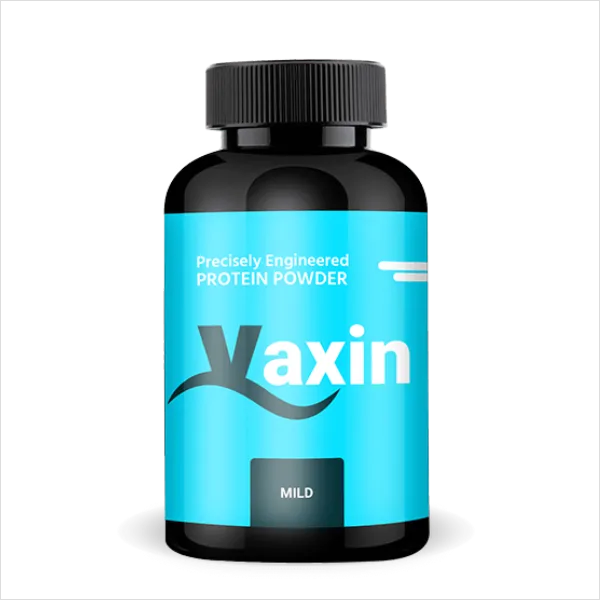
(walking stick for elders)





